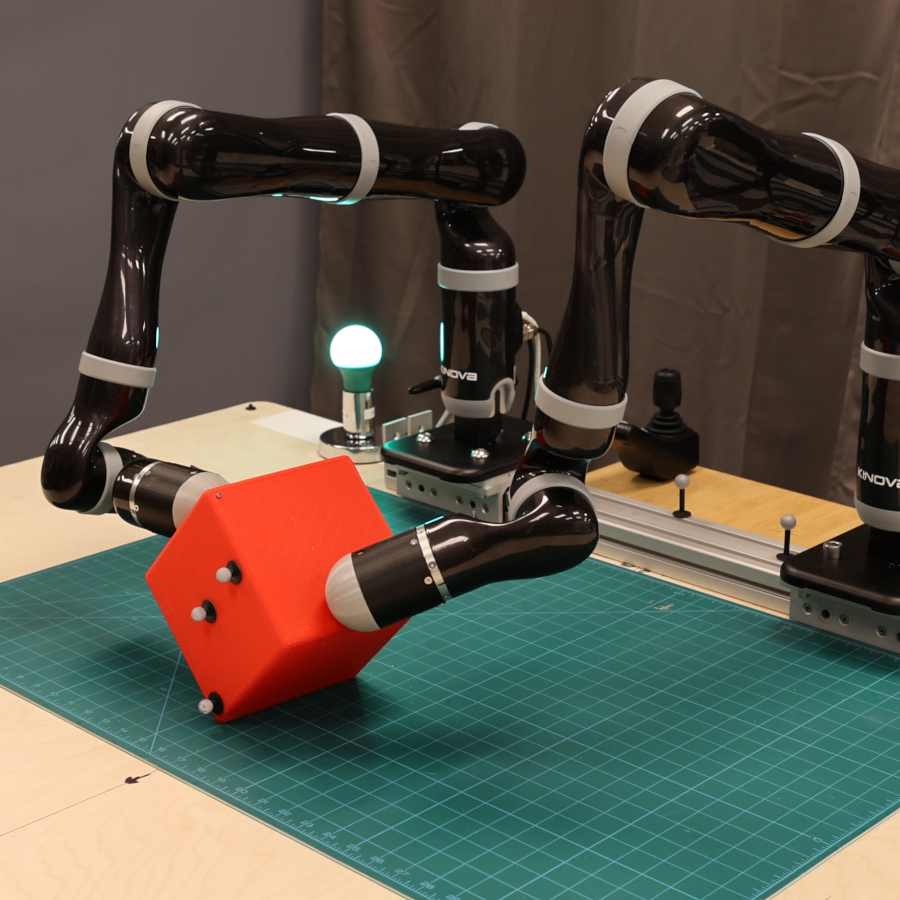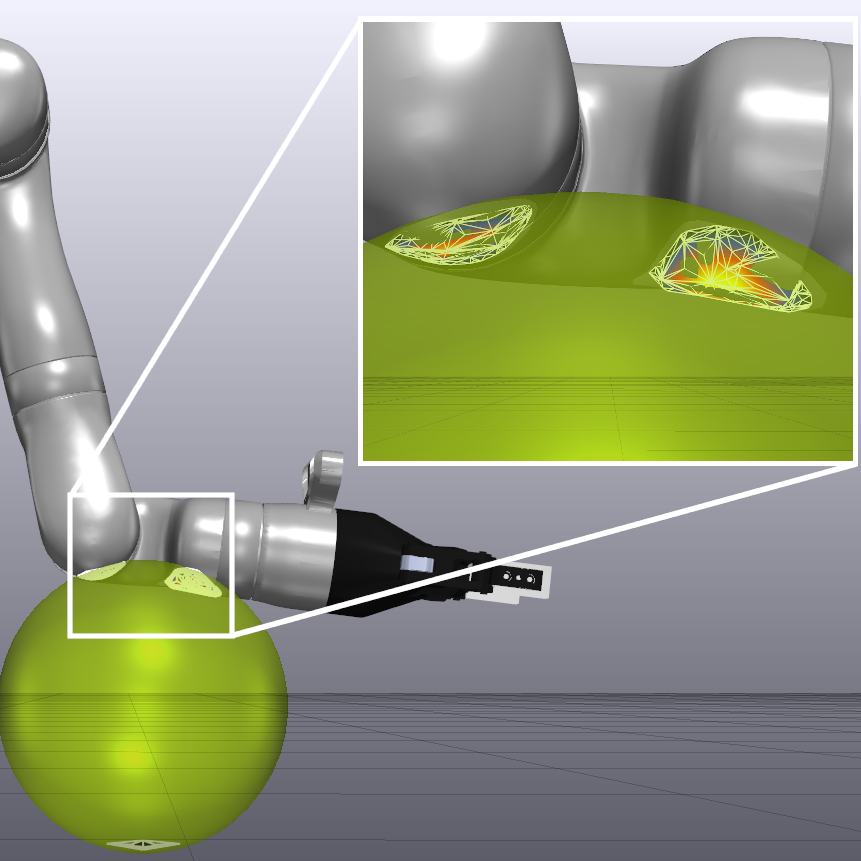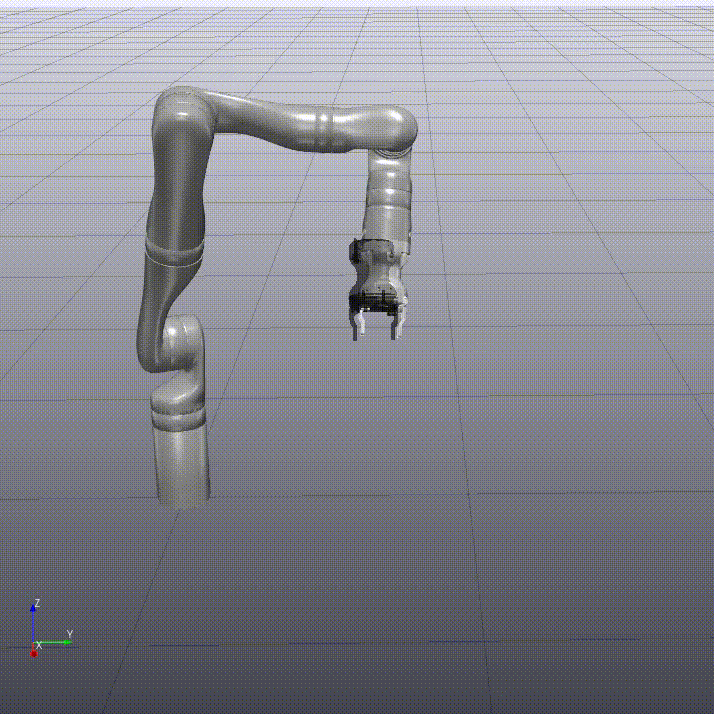Dextrous Manipulation
How can we get robots to move stuff around?
The goal of robot manipulation is simple: just move an object from point A to point B. How hard could it be?
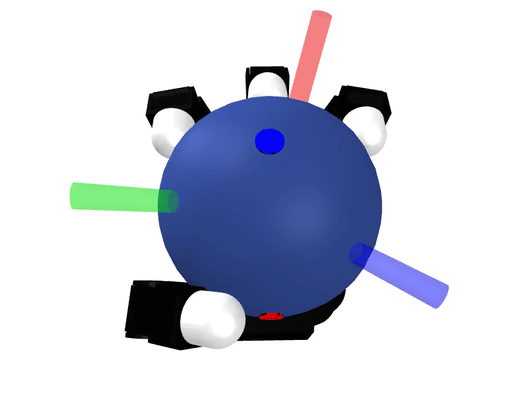
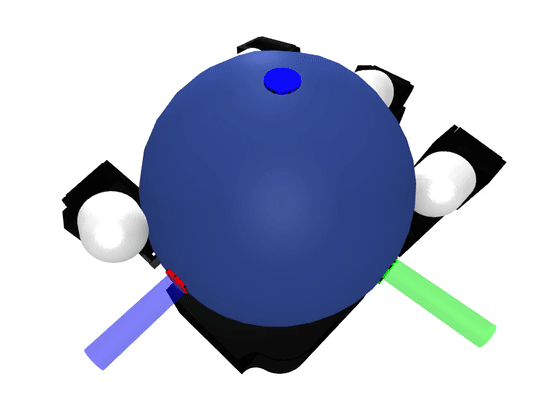
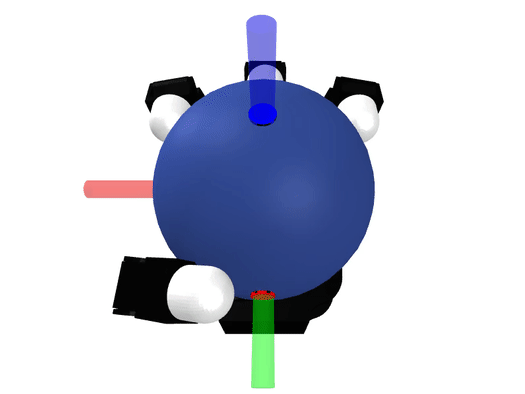
Very hard, it turns out. For example, consider the board games chess and Go. These are very challenging games, with more possible games than atoms in the universe, and computers are better than people at both. But in the famous matches where computers first defeated the best human players, it was a human engineer, not a robot, that moved the computer’s pieces.
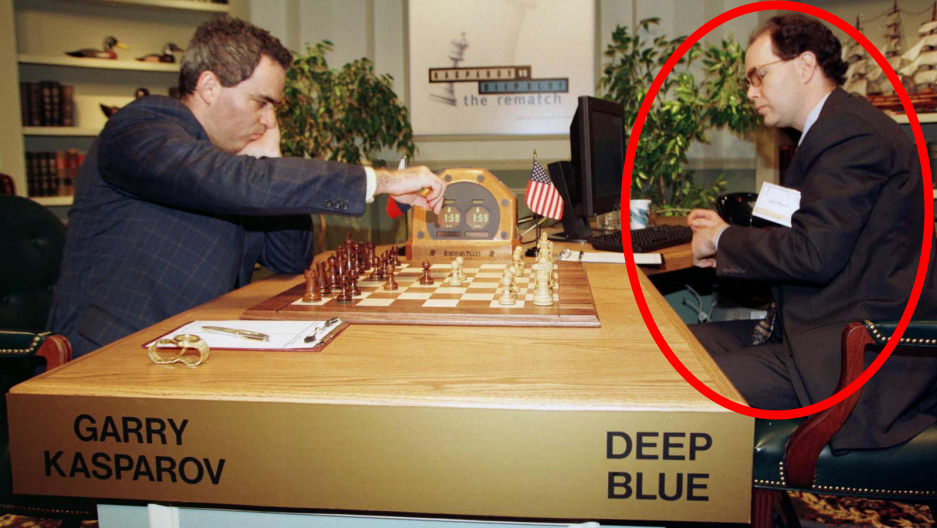
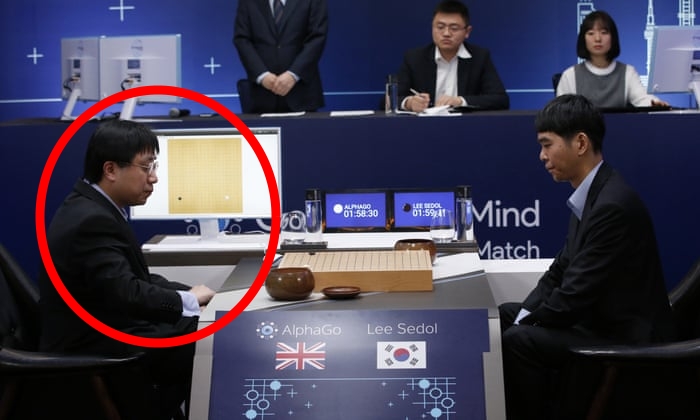
Dextrous manipulation is particularly difficult – and fascinating – because we humans are so good at it. This can blind us to what we’re actually doing. For example, early manipulation research focused a lot on grasping: how to position the fingers around an object, how to plan a collision-free path to that grasp, and so on.
Now there is a growing understanding that this may not be the best approach. When people move stuff around, we rarely search for stable grasps. Instead, we push, pull, shuffle, and slide things into place, constantly shifting between contact modes in complicated and interesting ways.
Image Sources
Related Publications
2023
2022
2021
2020
-
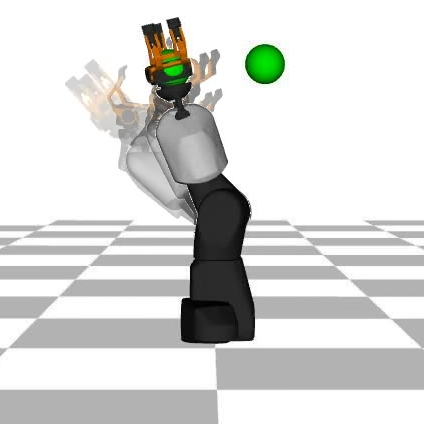 Trajectory Optimization for High-Dimensional Nonlinear Systems Under STL SpecificationsIEEE Control Systems Letters (L-CSS), 2020
Trajectory Optimization for High-Dimensional Nonlinear Systems Under STL SpecificationsIEEE Control Systems Letters (L-CSS), 2020
